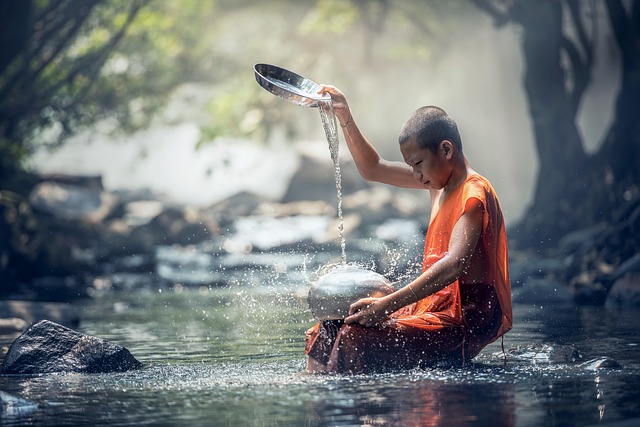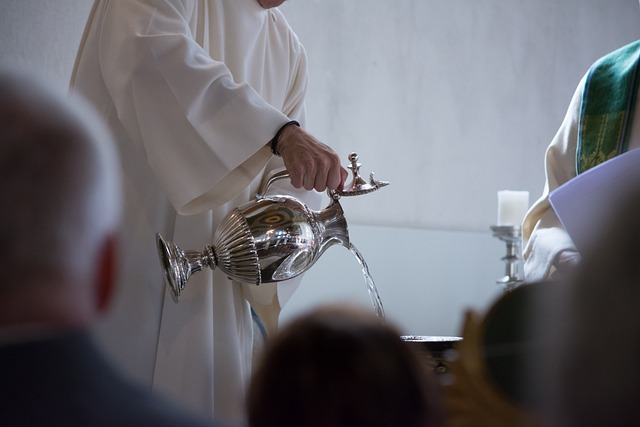The Cantor’s Sacred Role: A Glimpse into Rituals of Spiritual Chanting
The juxtaposition of silence and sound in a spiritual setting often unveils the profound role of the cantor. Serving as the voice of the community, the cantor embodies a unique spiritual bridge between the sacred and the everyday. In many traditions, this role is not merely a job; it is a calling, steeped in rituals that elevate collective spirituality and foster a deeper sense of belonging.
The Essence of the Cantor
At the heart of spiritual chanting lies the cantor, whose melodic guidance directs congregational worship. Whether in a small chapel or a grand cathedral, the cantor’s voice carries the weight of history and the hopes of the present. Each note sung is a prayer, each chant a connection to the transcendent. Congregants often find solace in the familiar cadences, transforming individual emotions into communal experience.
Rituals in Motion
Chanting rituals, helmed by the cantor, can be characterized by their emotive potency. These rituals serve as sacred moments where time stands still, encouraging participation and reflection. From the call to worship to the final benediction, the cantor navigates through a tapestry of melodies and texts, inviting everyone to engage with their spiritual selves. Each chant resonates with profound significance, often tied to ancestral traditions that echo through generations.
The Connection Beyond Words
In these rituals of spiritual chanting, words become secondary to the emotional impact of the music. A cantor’s unique ability to convey feelings—joy, sorrow, hope, and reverence—elevates the collective spirit. Listeners find peace, healing, and connection as they join their voices in harmony, transcending individual concerns and embracing a larger narrative of community and faith.
Honoring Tradition and Innovation
As times change, so too does the role of the cantor. While honoring ancient practices, today’s cantors infuse contemporary elements into traditional rituals, ensuring that the experience remains relevant to a modern audience. This dynamic balance between tradition and innovation not only keeps the rituals alive but also invites a diverse range of participants, allowing everyone to experience the profound nature of spiritual chanting.



